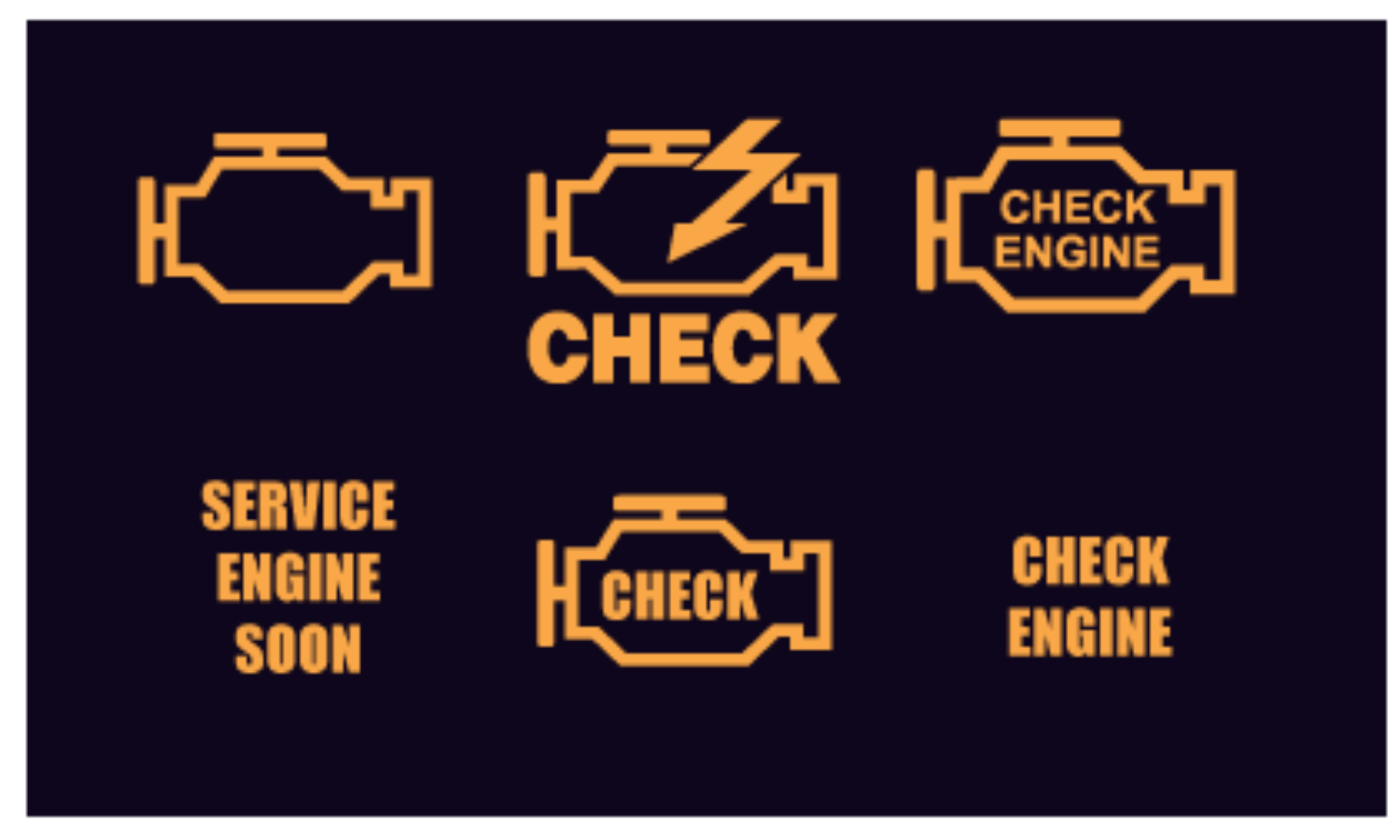A car’s battery is responsible for a whole host of jobs, including: starting the car when the key is turned in the ignition; providing the electricity to start the heating elements (which in turn ignites the fuel and gets the engine running); and providing the power for the car’s lighting—this includes indicators and the rear and main headlights! All in all, it’s clear to see just how important a reliable and efficient battery is for a safe driving experience.
Many drivers may be tempted to simply go for a well-known brand of battery, assuming that it will be the best, but this is not necessarily the case. Instead you should compare the following two criteria to determine which battery will best suit how you use your car.
- Amp hours denote the expected life of the battery. In simple terms, the higher the value, the longer the battery ought to last. Note that this value only represents the life when the battery isn’t automatically recharging from the vehicle’s engine.
- Reserve capacity is similar to the Amp Hours, however is more of a failsafe function. It indicates the duration for which the battery can deliver the vehicle’s essential functions before the alternator packs it in and dies.
- CCA (Cold Cranking Amps) measures the power output of the battery when it is cold outside. The higher this value is, the more resistant the battery is against the cold and the easier it will start on a frosty morning!
Another point to consider is the ease of fitting a new battery. Whilst the standard shape for a car battery is usually generic, the ease of accessing the battery holding varies between engines. Always ensure you can get the battery into place before purchasing it!
Next you have to consider the type of battery that you are going to buy. In this day and age, stop-start technology is being utilized more and more often. If your vehicle uses this functionality then we highly recommend you do not go for a standard-issue lead-acid battery. Whilst these are a reliable old design of battery, they simply do not deliver power fast enough to enable the stop-start to work effectively. In this case, you have the choice of two batteries: an AGM (Absorbent Glass Mat) or an ECM (Enhanced Cyclic Mat).
As a final word of advice, always opt for a new battery if possible. Whilst a second hand battery may get you through temporarily, all batteries—even those which have not been previously used—lose power as they age. In an ideal situation, always go for a battery which was made in the last six months, as this should protect you from buying a battery with feeble life. Usually you can find out the date of manufacture from the packaging, with some brands using letters and numbers for the month and year (e.g. B9 would be February 2009) and others opting simply for a numeric date.
Always ensure that your battery is functioning efficiently, even after you have replaced it, and never hesitate to get it checked by a mechanic if you suspect it is going wrong. It’s never fun to be caught out, but if you are proactive with maintenance you shouldn’t find yourself if that situation!
